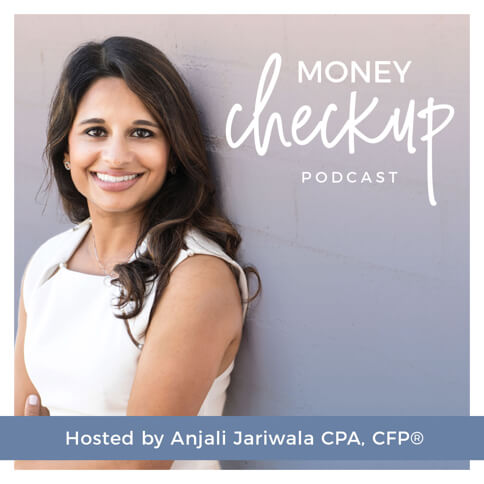In a rush to support small businesses through the COVID-19 pandemic, Congress passed the CARES Act in late March. The robust piece of legislation included $349 billion in Paycheck Protection Program funds, which were meant to help small businesses keep paying their employees even if they weren’t able to operate normally.
Unfortunately, those funds ran out in a matter of days. Small business owners felt the frustration after spending hours on the phone, trying to find and connect with banks that were eligible to lend PPP funds and to get their applications in. To add to the discouragement, many large businesses with access to capital, including publicly traded companies, received PPP loans. The program left out many small businesses, leading to a call for greater scrutiny of the program’s administration.
At the end of April, Congress approved a second round of funding, with billions of dollars set aside for small and mid-sized lenders, in an effort to ensure that more rural, woman-owned, and minority-owned small businesses were able to submit applications.
Then, at the beginning of June, Congress approved additional legislation that made PPP loans more flexible.
If you’re interested in more information, the Small Business Administration has been updating its FAQ with additional guidance throughout the COVID-19 pandemic. The SBA is also providing information on the loans they have approved, broken down by state and territory, here.
Additional PPP and Disaster Loans Available
At the end of April, Congress approved an additional $310 billion for PPP loans and an additional $60 billion for disaster loans to address some of those concerns. It also reiterated the required certification: “Current economic uncertainty makes this loan request necessary to support the ongoing operations of the Applicant.”
Borrowers must make this certification in good faith, vouching for the necessity of their loan. They should take into account current business activity and their ability to access other sources of liquidity that could support ongoing business operations. A public company with substantial market value and access to capital markets, the Small Business Administration warns, will not be able to make this required certification in good faith. So will private companies with adequate liquidity sources.
When borrowers submit loan forgiveness applications, the SBA says it will review all loans in excess of $2 million to see if borrowers met these conditions are not.
Loans will be fully forgiven if the funds are used for payroll costs, rent, utility payments or mortgage interest payments.
However, the IRS has indicated that if one of these loans is forgiven, the expenses that the loan proceeds were used to pay are not deductible — meaning business owners do not receive the double benefit of having the loan forgiven and excluded from business income while also receiving a tax deduction for the expenses. This may still be changed by legislation.
CNBC reported June 2 that, of these additional funds, about $120 billion was still available.
The Paycheck Protection Flexibility Act
In early June, Congress updated the rules surrounding PPP loans with the Paycheck Protection Flexibility Act.
This piece of legislation made some changes to PPP loan regulations in an effort to allow more flexibility for small businesses. The bill, which was passed by the Senate on June 3 and signed by the president on June 5, extends loan terms and offers businesses more flexibility in how and when they can spend these loans.
Changes include:
Loan Term: The PPF Act extends the repayment term for PPP loans from two years to five years. The 1% interest rate remains in place.
Covered Period: Initially, under the CARES Act, borrowers had to spend PPP funds within eight weeks of receiving them in order to receive loan forgiveness. This legislation extends that clock to 24 weeks. If you received the loan prior to the enactment date, you are able to select the eight-week period if you like.
Covered Costs: Under the CARES Act, borrowers had to spend 75% of PPP funds on payroll costs in order to receive forgiveness. This legislation reduces that to 60%, allowing borrowers to spend 40% of their loan funds on other expenses, including rent and utility payments.
Deferral: If you borrowed money through PPP but do not apply for loan forgiveness, you now have 10 months from the program’s expiration date to begin making loan payments. The PPF Act also allows borrowers to defer payments until you receive compensation for the amounts of the loan that were forgiven.
Employee Headcount: Under the initial version of the PPP, borrowers had to offer to rehire employees who had been employed on Feb. 15, 2020, before the pandemic hit. If they did not do so, loan forgiveness would be reduced accordingly. The PPF Act offers some more flexibility around this requirement.
If the borrower is able to document in good faith that they were not able to hire everyone who had been employed on Feb. 15, and that they were unable to hire similarly qualified employees for unfilled positions by the end of 2020; or if they are unable to return to the same level of business activity due to compliance with federal requirements or guidance on standards of sanitation, social distancing or other worker or customer safety requirements due to COVID-19; then the amount of the loan that is forgivable will not be reduced.
Deferral of Payroll Taxes: Whether or not your PPP loan is ultimately forgiven, you can continue to receive deferral of employer-paid payroll taxes for 2020. Half of the 2020 employer-paid payroll tax amount will be due in 2021 and the rest will be due in 2022.
The SBA has not issued its final regulations on the Payroll Protection Program. Thus, the rules and requirements may continue to change. Consult with your CPA, advisor and lender to understand how forgiveness may work for you.




